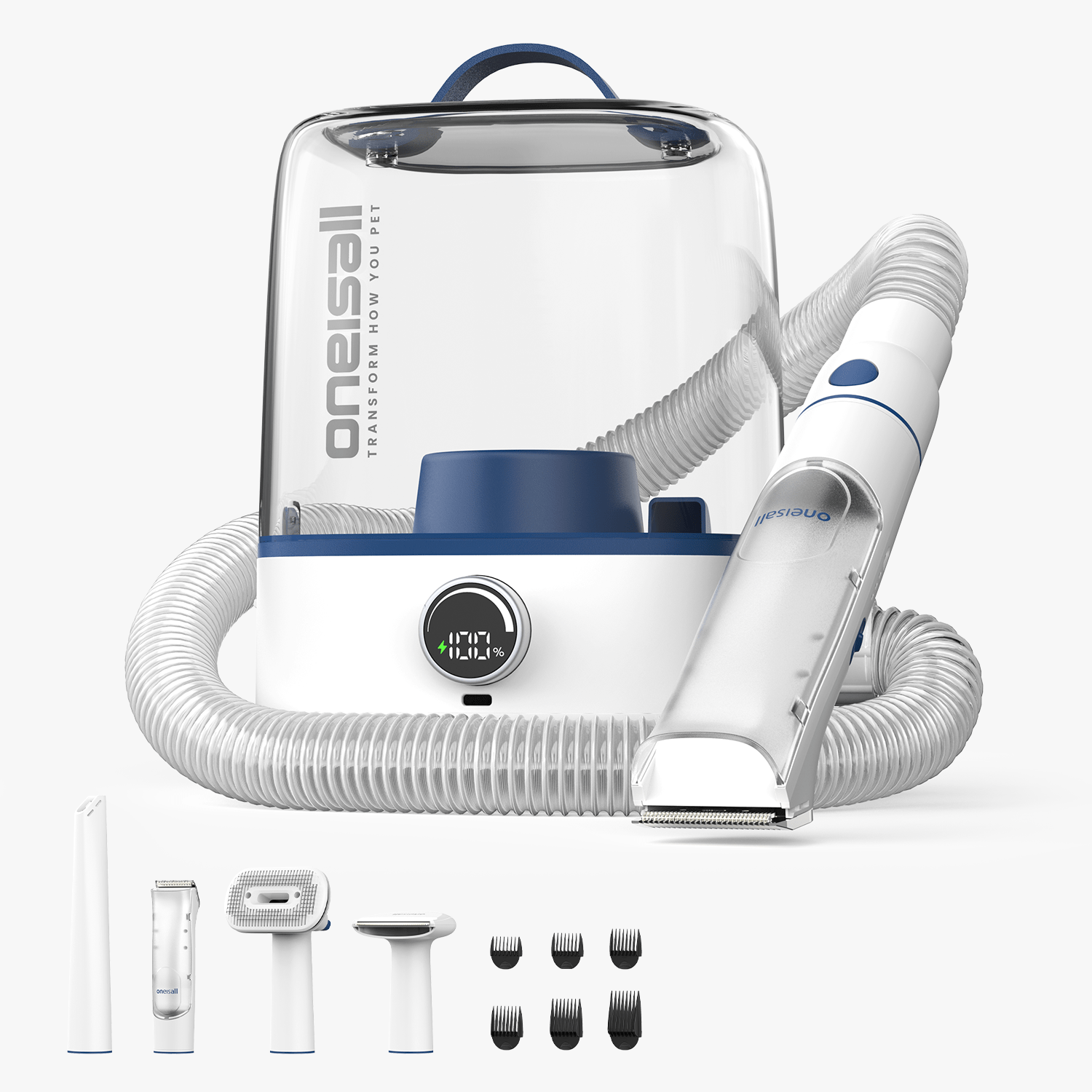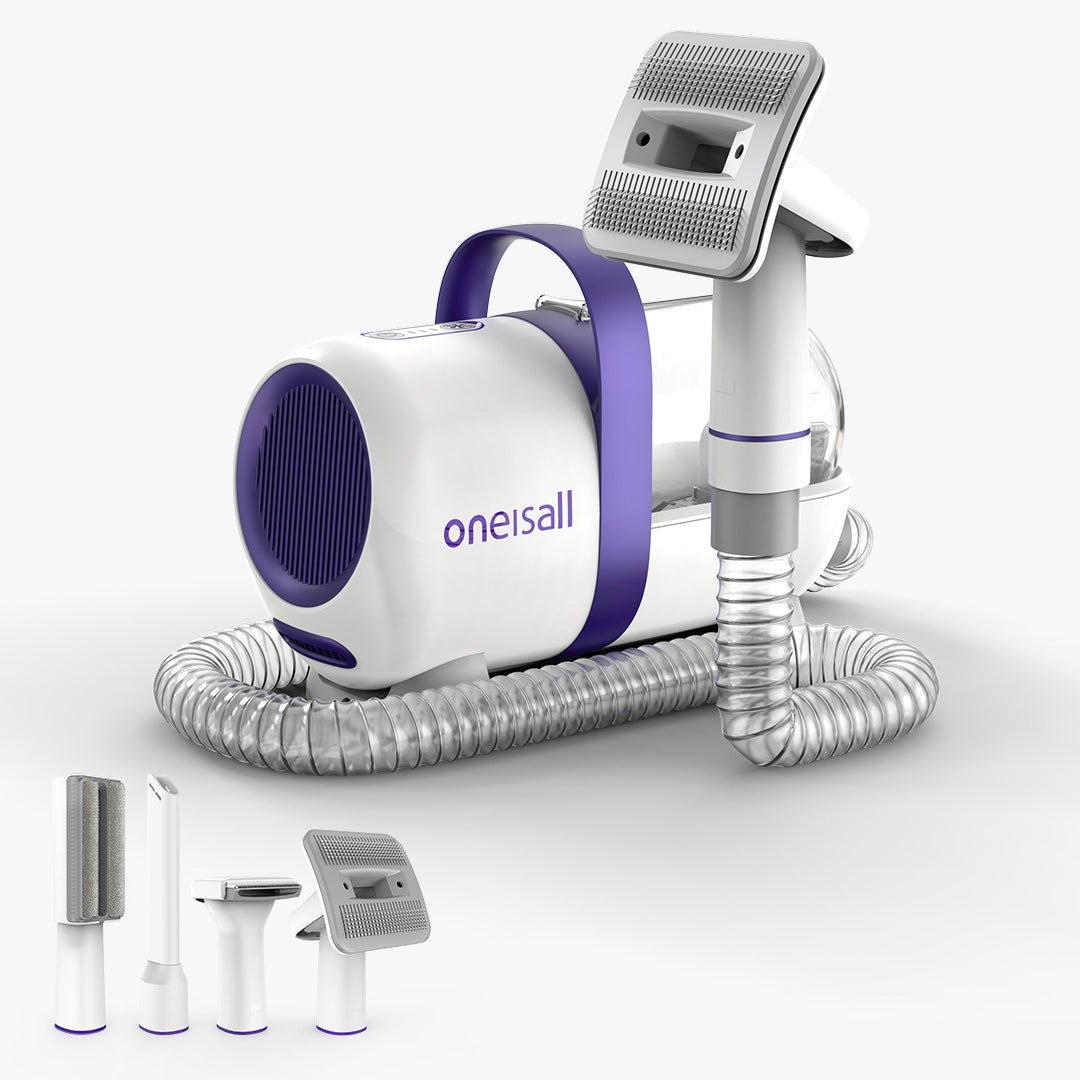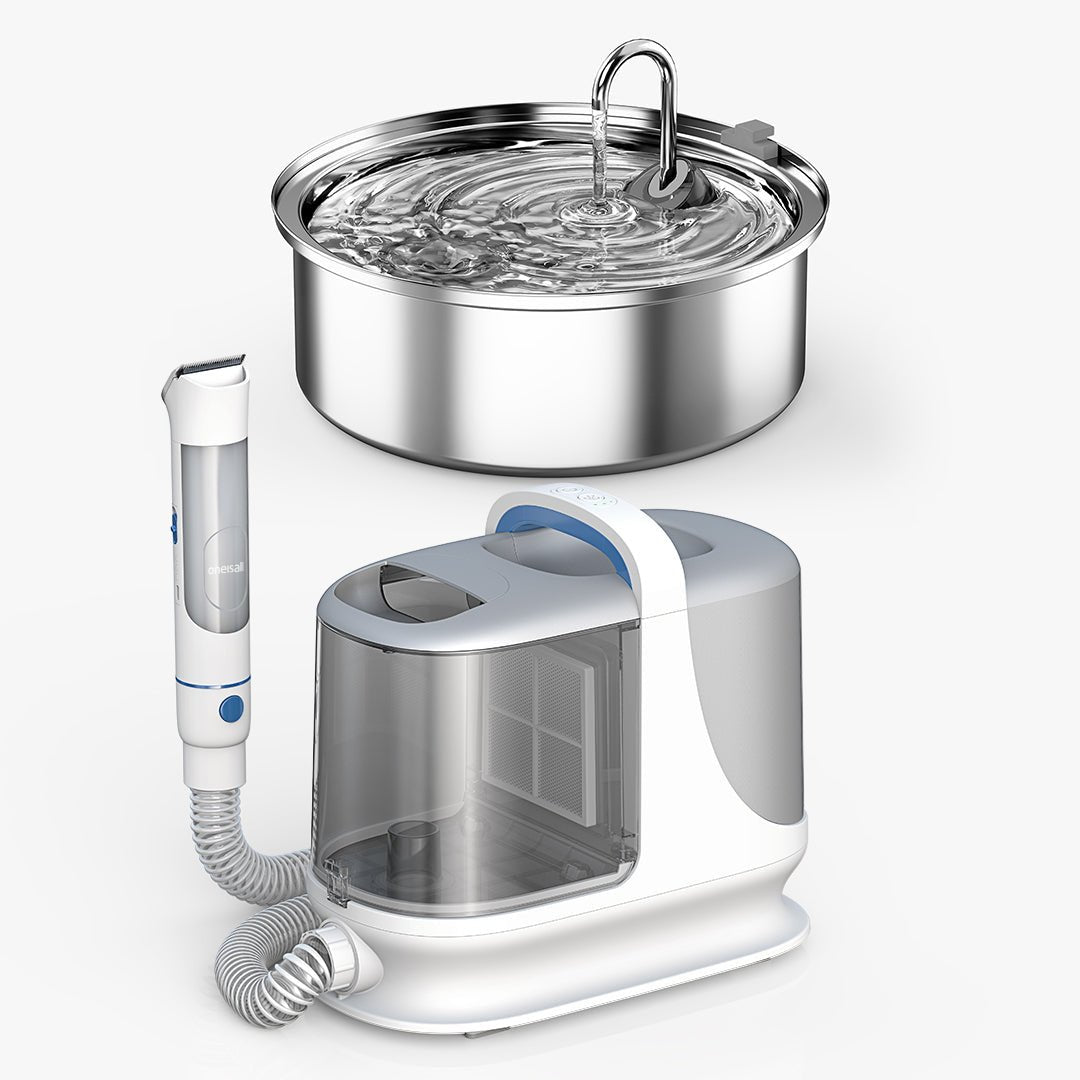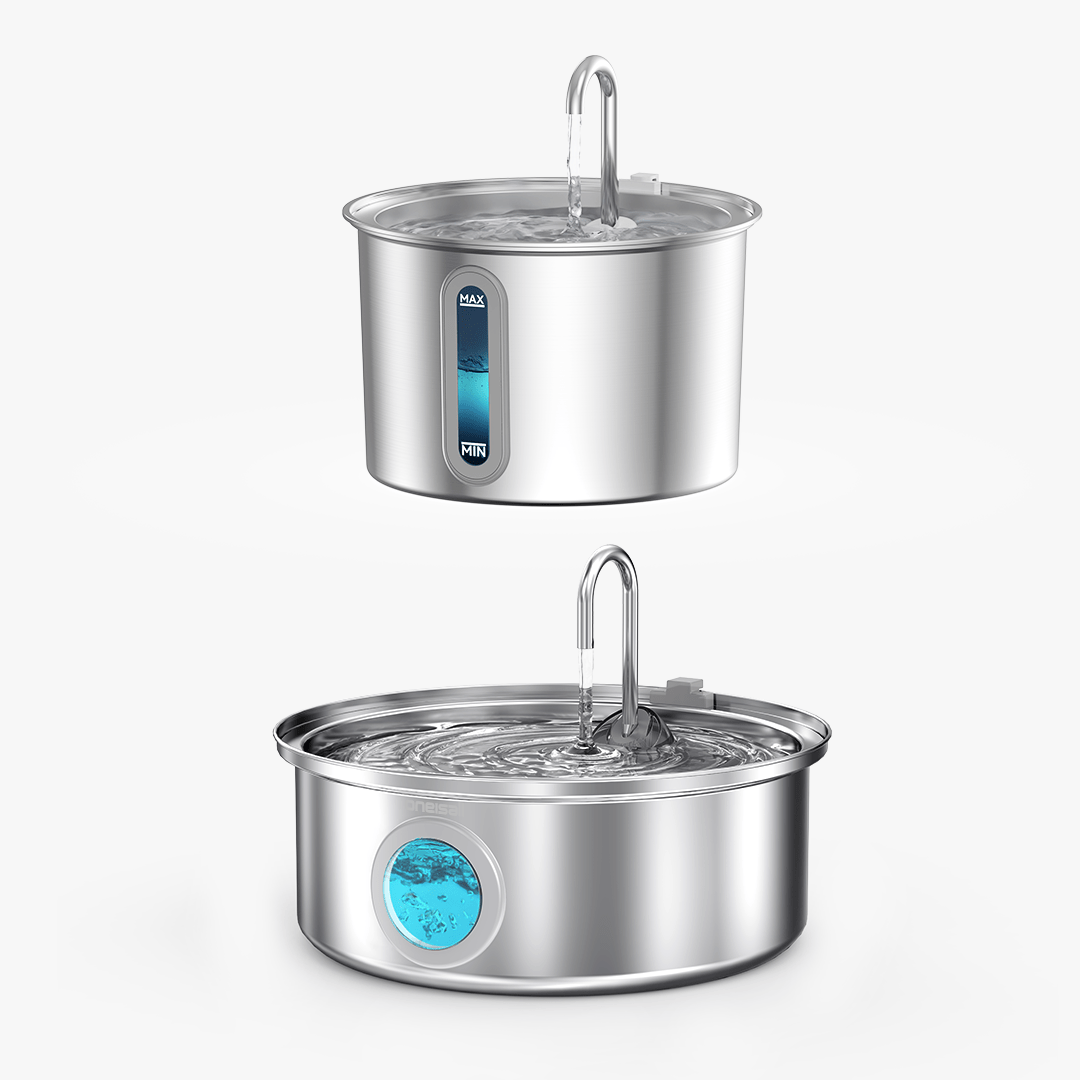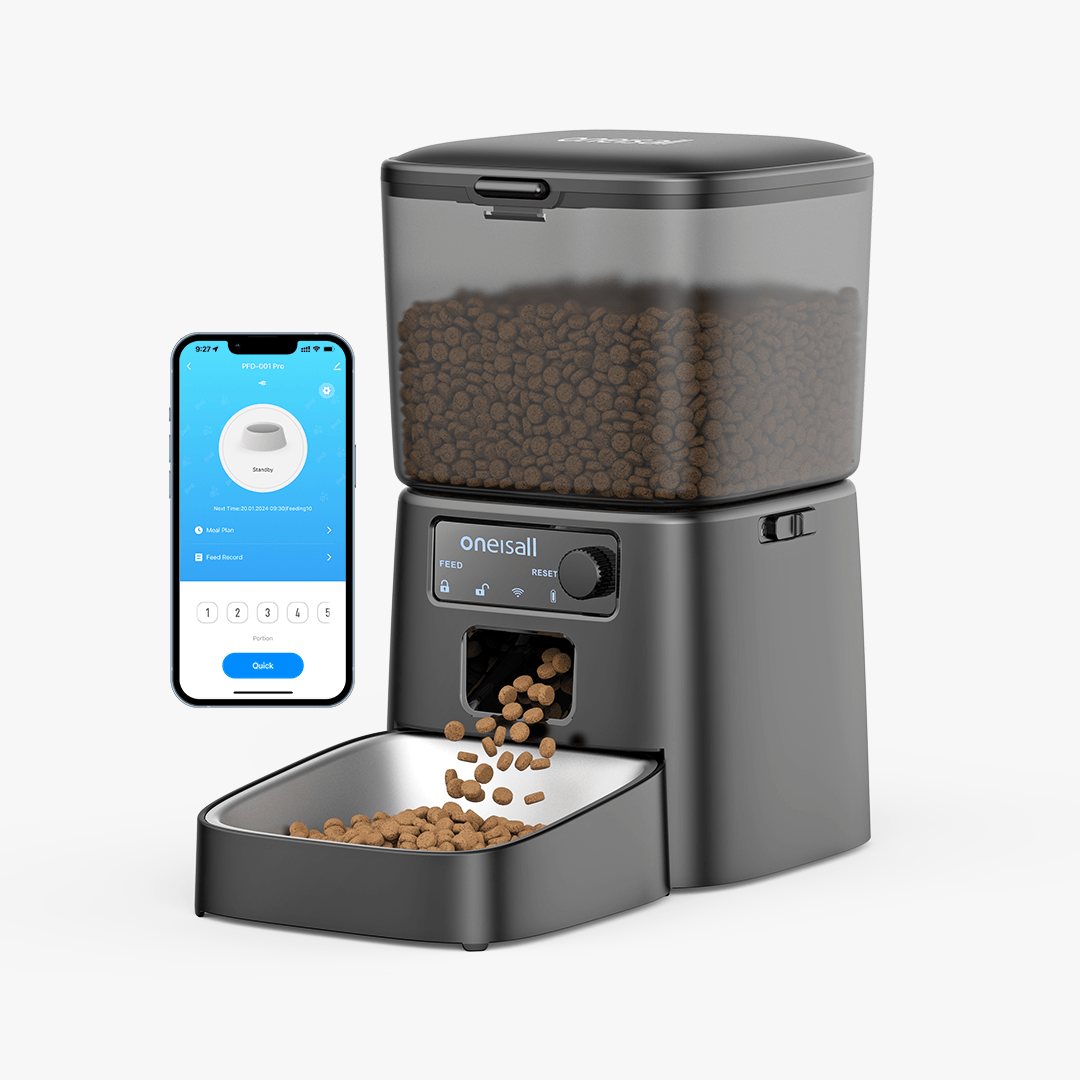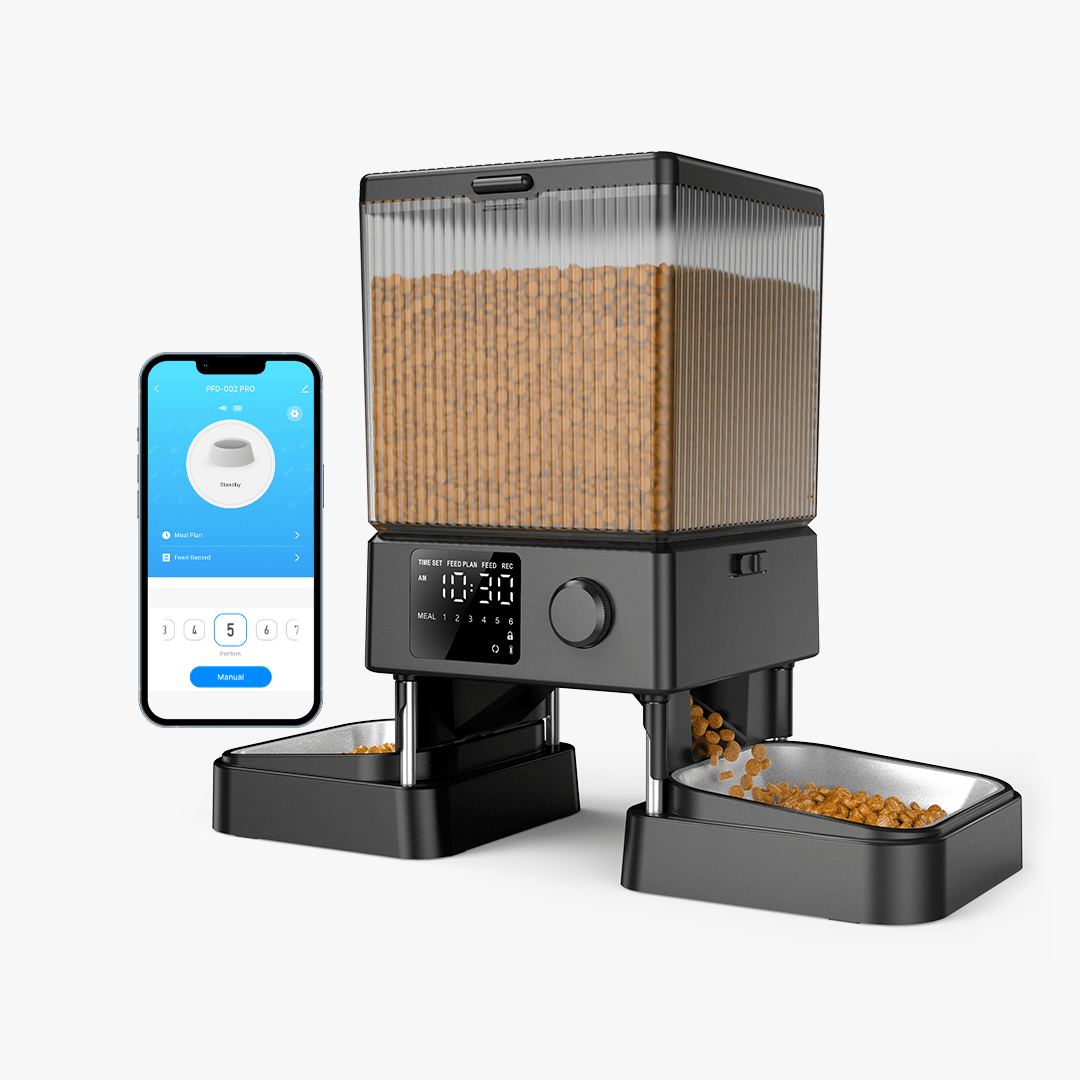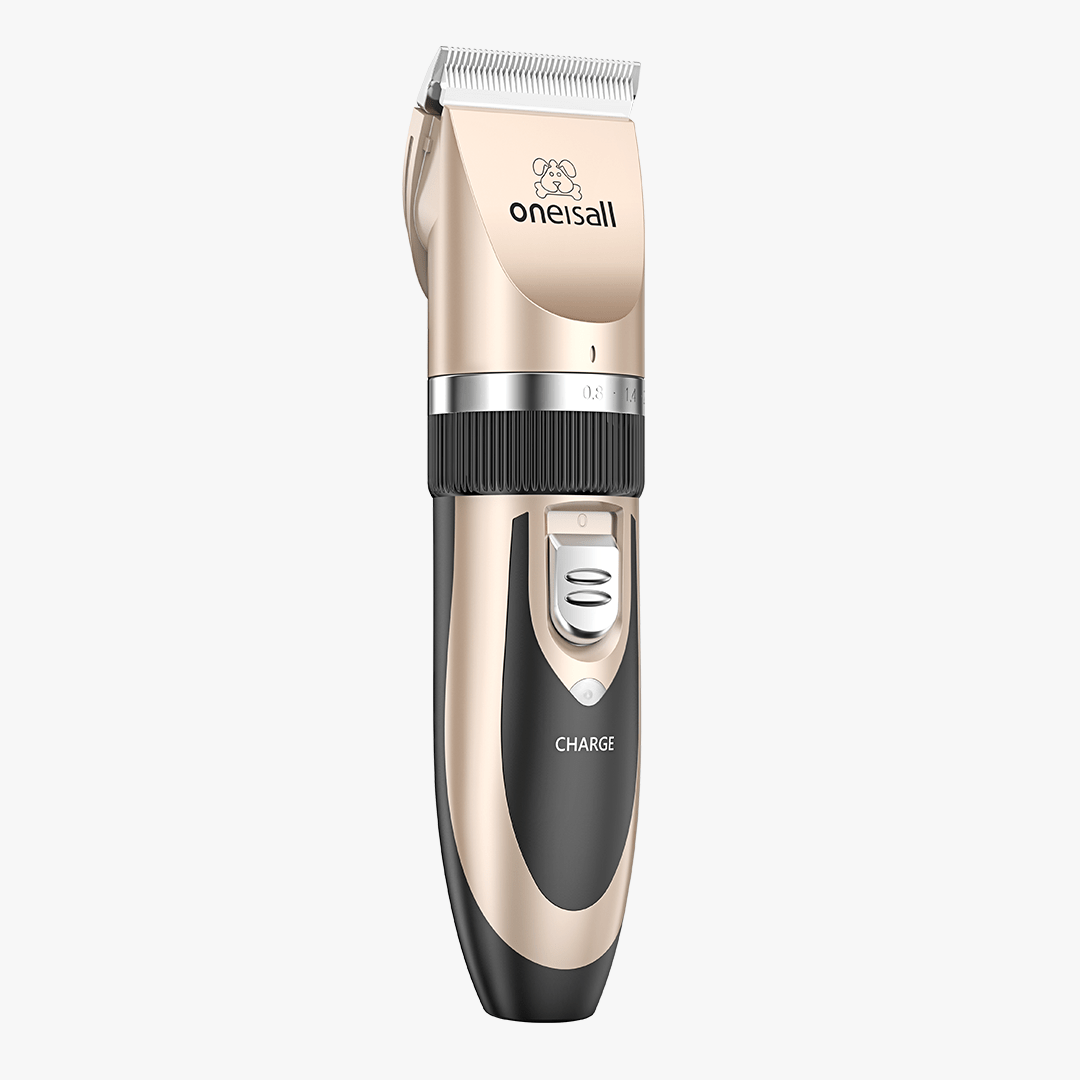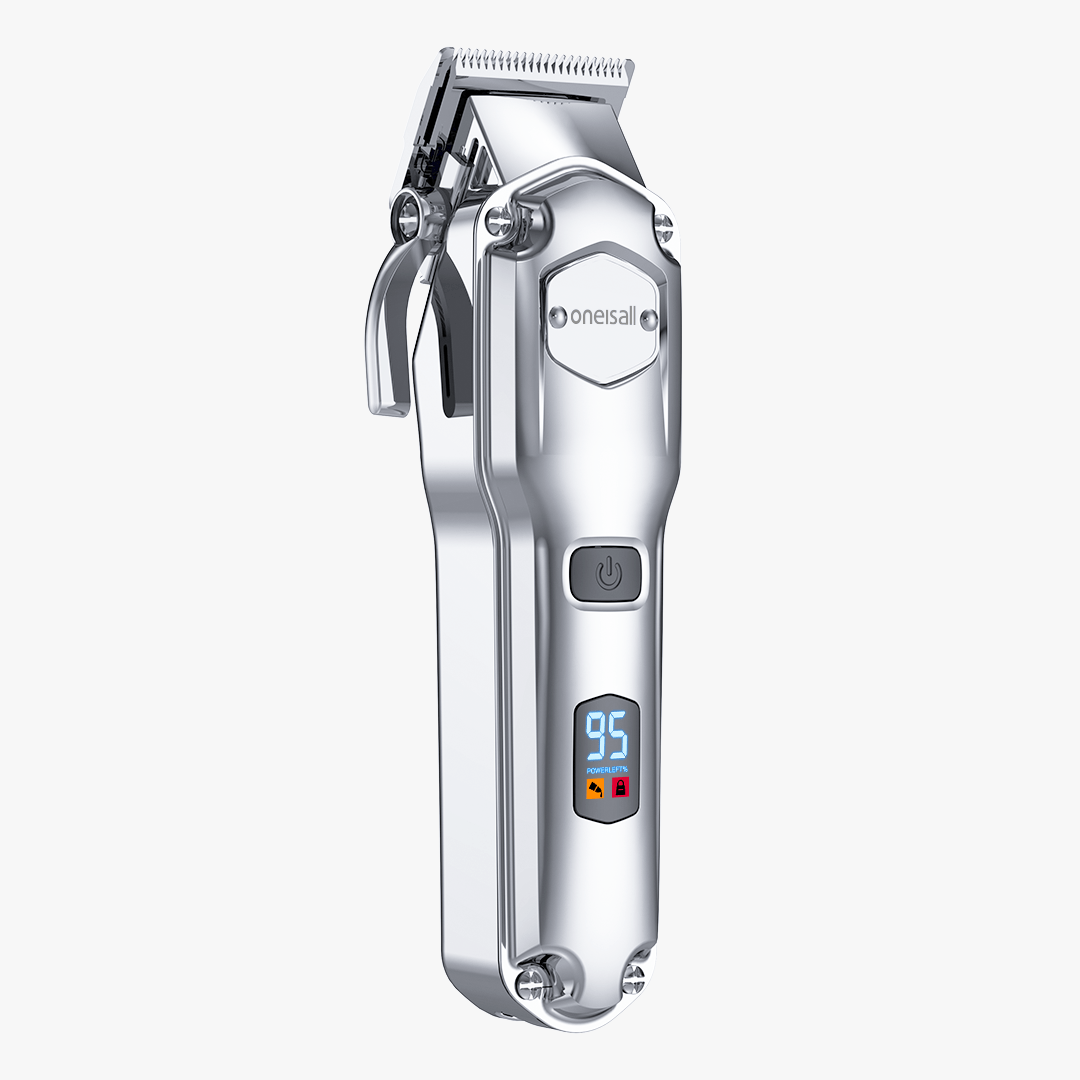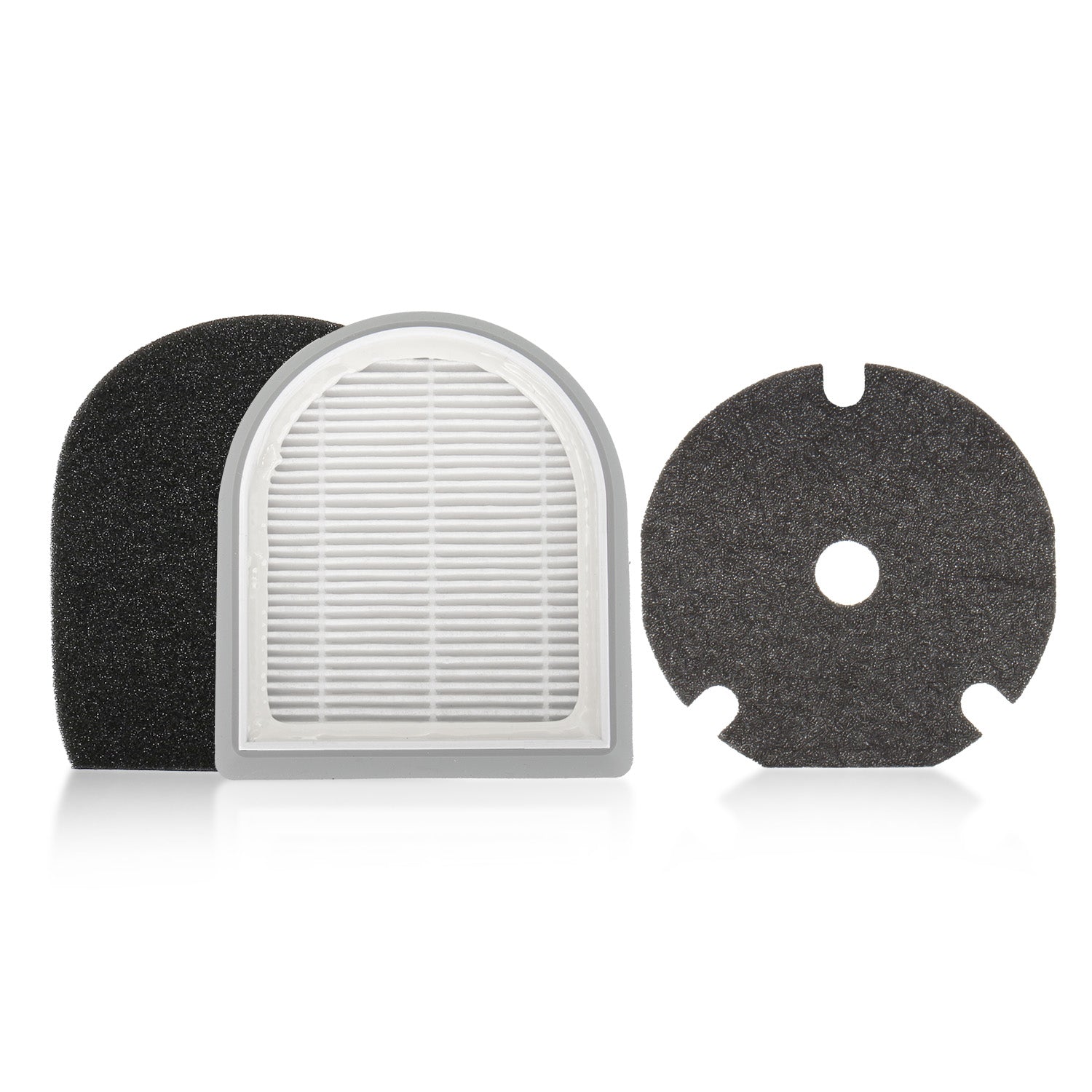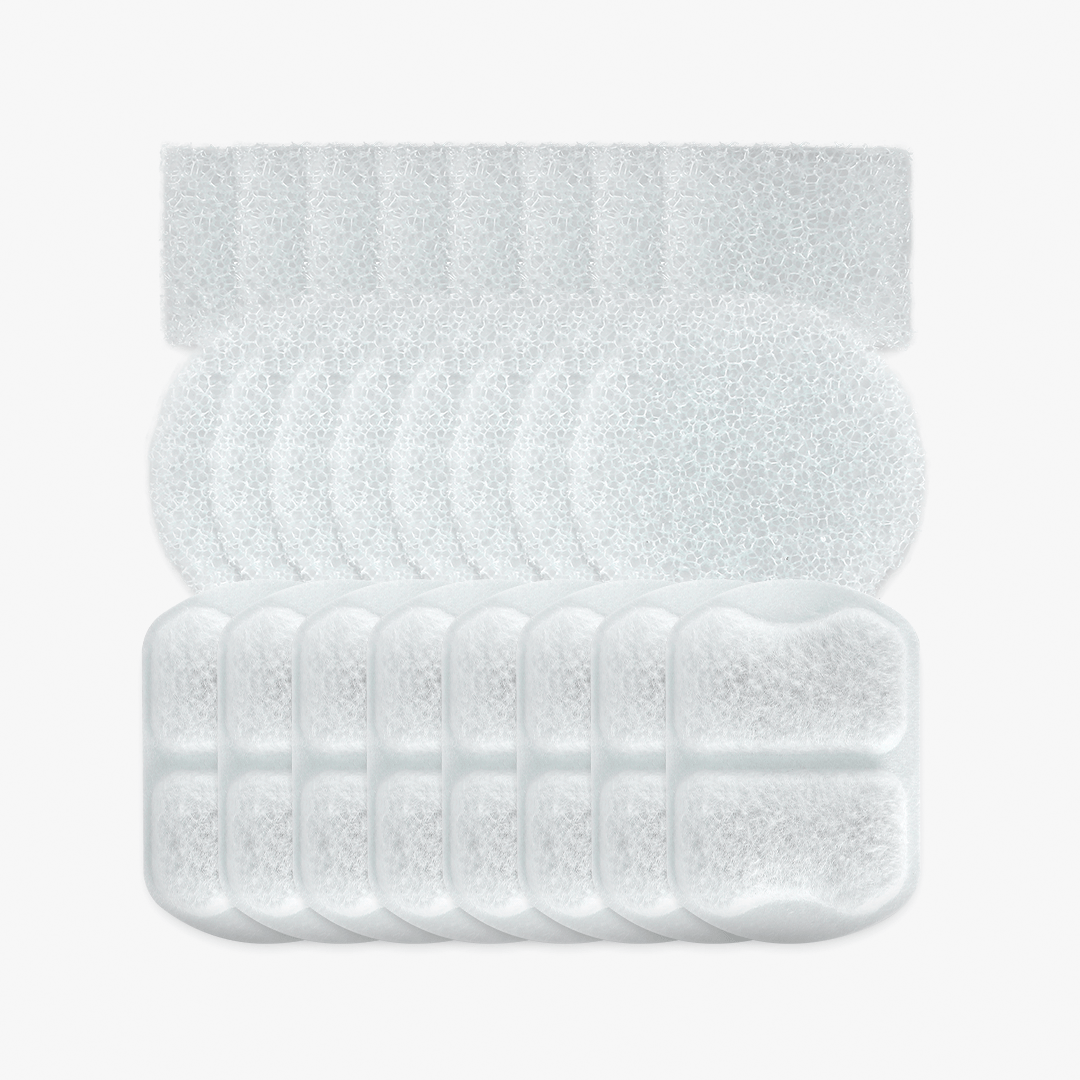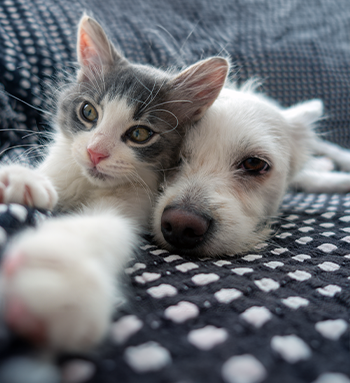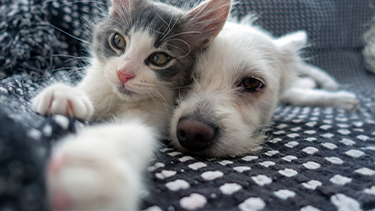Can You Clip a Dog With Human Hair Clippers?
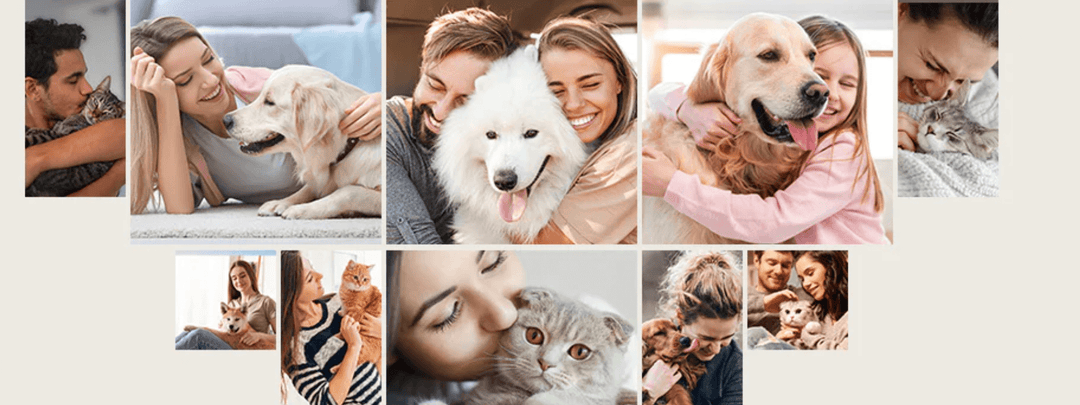
Using the wrong grooming tools can cause discomfort or even injury to your pet. This guide explains why human hair clippers are not suitable for dog grooming, the risks involved, and how to choose the right clippers for your dog's coat.
Are Human Hair Clippers Safe for Dogs?
Human clippers aren’t safe for dogs. They can overheat, irritate your dog’s skin, and struggle with thick coats. Dog clippers are specifically designed to provide smoother, safer cuts, ensuring comfort and reducing the risk of injury to your pet.
What’s the Difference Between Dog and Human Clippers?
Dog clippers have stronger motors and wider blades designed to handle thick, coarse fur. Human clippers, on the other hand, are made for finer hair and are not powerful enough to groom dogs. They can't handle thick or double coats and can overheat quickly, making them unsuitable for dog grooming.
Related Reading: Can I Use Dog Clippers to Cut Human Hair
How to Properly Groom Your Dog at Home?
To groom your dog at home, use clippers specifically designed for dogs. Start by brushing and bathing your dog to remove tangles. Use proper techniques for an even cut, and always clean your clippers after each use to maintain performance and ensure safe grooming.
Choosing the Right Clippers for Your Dog’s Coat
The right clippers depend on your dog’s coat type. If your dog has thick or dense fur, you’ll need a clipper with more power. For dogs with finer coats, gentler clippers will work best. Always choose clippers based on your dog's fur type for optimal results.

What to Look for in Dog-Specific Clippers?
When choosing dog clippers, look for adjustable blades, a quiet motor, and an ergonomic design. These features will make grooming easier for you and more comfortable for your dog. Adjustable blades help accommodate different coat lengths, and a quiet motor reduces stress during grooming.
Recommended Brands and Features
Reliable brands like Oneisall, Andis, and Wahl offer great options for dog grooming clippers. Look for models with a quiet motor, cordless options for easy movement, and sharp blades. Variable speed settings and adjustable blade sizes will help you achieve the best grooming results for your dog.
Prepare Your Dog Before Clipping
Brush and Detangle First
Before clipping, brush your dog’s coat to remove tangles and mats. This prevents snags, reduces discomfort, and ensures an even cut. If your dog has thick or curly fur, use a de-matting tool to remove knots before clipping.
Bathe and Dry Your Dog
A clean coat is easier to trim. Use a gentle dog shampoo and rinse thoroughly. Dry your dog completely with a towel or pet dryer. Wet fur can cause uneven cuts and may damage your clippers, so make sure your dog is dry before you start.
Help Your Dog Adjust to Clippers
Introduce your dog to the clippers by letting them hear the sound first. Reward calm behavior with treats. If your dog is nervous, let them sniff the clippers and get comfortable with them before turning them on.
Create a Calm Environment
Groom your dog in a quiet, well-lit area where they feel comfortable. Use a non-slip mat to keep them steady, and consider giving them a short walk before grooming to help them relax.

Using the Right Techniques for an Even Cut
Start with the Body
Begin clipping from the neck down, keeping the clippers parallel to the skin. Use slow, even strokes to ensure an even cut. Follow the natural direction of hair growth to avoid irritation and achieve the best results.
Use Guide Combs for Consistency
Attach a guide comb to your clippers to control the hair length and prevent cutting too short. Guide combs help you achieve a uniform cut and work well with different coat types.
Be Extra Careful Around Sensitive Areas
Trim delicate areas like the face, ears, paws, and tail last. Use smaller clippers or grooming scissors for these areas, and take your time to avoid accidental nicks. Keep an eye out for skin folds or loose areas to prevent injury.
Take Breaks if Needed
If your dog gets stressed or restless, pause and give them a break. Keep grooming sessions positive and calm to help your dog get used to the process.
Common Mistakes to Avoid When Clipping Your Dog
Cutting the Quick When Trimming Nails
The quick is the blood vessel inside the nail, and cutting it can cause pain and bleeding. For light-colored nails, stop cutting when you see the pink area. For dark nails, trim a little at a time to avoid cutting too far.
Using the Wrong Nail Clippers
Human nail clippers aren’t designed for dog nails and can cause discomfort. Use clippers or a grinder made specifically for dogs to ensure a smooth and safe trim.
Rushing Through Nail Clipping
Rushing nail trimming can cause mistakes and stress for your dog. Take your time and reward your dog after each paw to create a positive experience.
Skipping Dewclaws During Trims
Dewclaws are the extra nails higher on the paw that don’t wear down naturally. Regularly check and trim them to prevent overgrowth or discomfort.
Neglecting Regular Nail Maintenance
Overgrown nails can affect your dog’s posture and movement. Trim nails every 2–4 weeks to keep them healthy. If you hear clicking on hard floors, it’s time for a trim.
Common Fur Clipping Mistakes
Using Dull or Improper Clippers
Dull blades can pull hair and cause discomfort. Regularly check and sharpen your clippers or replace the blades when necessary. Avoid using human clippers, as they’re not powerful enough for thick dog fur.
Shaving Too Close to the Skin
Shaving fur too short can cause skin irritation, especially in sensitive areas. Use clipper guards to control the hair length and avoid shaving too close unless medically required.
Skipping Brushing Before and After a Bath
Brush your dog before a bath to remove tangles, and brush afterward to distribute natural oils evenly and fluff up the coat. Regular brushing helps keep your dog’s coat healthy.
Over-Bathing Your Dog
Frequent baths can dry out your dog’s skin. Most dogs only need a bath every few weeks. Use a mild dog shampoo and rinse thoroughly to avoid skin irritation.
Neglecting Winter Grooming
Even in winter, matted fur can cause discomfort. Regular trims and brushing help keep your dog’s coat healthy and free from dirt and moisture.
Rushing Through the Grooming Process
Rushing grooming sessions can stress your dog and lead to mistakes. Work in sections, take your time and offer breaks if needed. If your dog gets anxious, pause and give them a break.
Related Reading: Dog Clipper Blade Sizes Chart

General Grooming Best Practices
Introduce Grooming Early
Start grooming when your dog is young to help them adjust to clippers, nail trims, and brushing. A gentle, gradual approach makes grooming easier as they grow.
Make Grooming a Positive Experience
Use treats, praise, and a soothing voice to make grooming enjoyable. Take breaks when necessary and reward good behavior to help your dog feel more comfortable.
Consult a Professional When Needed
If you’re unsure about grooming techniques, consult a professional groomer. They can guide you on the best tools and methods for your dog’s coat type and grooming needs.
How to Maintain Dog Clippers?
To maintain your dog clippers, clean the blades after every use. Brush off hair and debris, use a blade wash solution to remove grime, and oil the blades regularly to prevent overheating. Proper maintenance ensures that your clippers stay in good condition and work effectively.
Cleaning and Disinfecting the Blades
After each grooming session, remove the blades and brush off hair and debris. Soak the blades in a blade wash solution to dissolve grime and sanitize them. Dry the blades thoroughly before reattaching to avoid buildup and ensure smooth operation.
Proper Storage Between Uses
Store your clippers in a dry, clean place to prevent rust. Keep them away from damp areas that could cause corrosion. Consider having spare blades available for a smooth grooming experience whenever needed.
Regular Blade Oiling
Oil the blades before and after each use to reduce friction and prevent overheating. Apply a few drops of clipper oil to the moving parts, and run the clippers briefly to distribute the oil evenly. Wipe away excess oil to avoid buildup.
Lubrication During Grooming
Oil the blades every 15-20 minutes during grooming to maintain peak performance. If the blades become too hot, use a cooling spray or switch to a spare set to ensure your dog’s comfort during grooming.
Checking and Maintaining Parts
Inspect screws, blade alignment, and vents where hair can clog the motor. Tighten any loose parts and replace worn-out blades. Cleaning the vents ensures proper airflow and prevents overheating.
Sharpening or Replacing Blades
Dull blades can pull hair and reduce efficiency. If your clippers are pulling or cutting unevenly, sharpen the blades or replace them. Frequent users should have blades sharpened regularly to keep them in top shape.
Recommended Maintenance Products
Use clipper oil to keep the blades lubricated, blade wash solutions for deep cleaning, and disinfectant sprays to sanitize the blades between uses. A cooling spray can help manage heat buildup, ensuring comfortable grooming for your dog.
Conclusion
By following the right grooming techniques and maintaining your clippers properly, you can keep your dog’s coat in great condition while ensuring a safe and stress-free grooming experience. Always use the right tools and care to make grooming easier for both you and your dog.







